Introduction
Frozen zongzi, a beloved traditional Chinese snack, has transcended cultural boundaries to become a global convenience food. These pyramid-shaped delights, typically wrapped in bamboo leaves and stuffed with glutinous rice, fillings like red bean paste, pork, or salted egg yolk, and then steamed or boiled, are now widely available in frozen aisles worldwide. While their cultural significance and culinary versatility are undeniable, modern consumers increasingly seek clarity on their nutritional profiles—particularly their caloric content. This article delves into the intricacies of frozen zongzi’s calorie count, exploring factors that influence it, health implications, and practical tips for mindful consumption.
The Basics of Frozen Zongzi: Composition and Caloric Foundation
At its core, frozen zongzi is a calorie-dense food due to its primary ingredient: glutinous rice. This sticky, short-grain rice is rich in carbohydrates, providing sustained energy but also contributing significantly to the total calorie count. A standard 100-gram serving of plain glutinous rice contains approximately 130–150 calories. However, frozen zongzi is rarely plain; its caloric load escalates with added ingredients like sweet fillings (e.g., red bean paste, lotus seed paste) or savory additions (e.g., marinated pork, mushrooms, chestnuts).
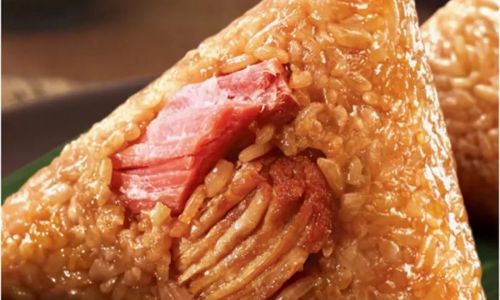
A medium-sized frozen zongzi (approximately 150–200 grams) typically ranges from 250 to 400 calories, depending on its composition. Sweet variants, often laden with sugar and oil, tend to occupy the higher end of this spectrum, while savory options may vary based on meat content and seasoning. For instance, a 180-gram frozen zongzi filled with pork and mushrooms might clock in at 320 calories, whereas a sweet red bean variety of the same size could reach 380 calories.
Factors Influencing Caloric Content
-
Filling Variety: The choice of filling is the primary determinant of caloric density. Sweet fillings like custard or jujube paste often incorporate sugar, condensed milk, or lard, amplifying calories. Savory fillings, while sometimes containing fatty meats, may balance calories with protein and fiber from ingredients like mushrooms or bamboo shoots.
-
Portion Size: Frozen zongzi are often individually wrapped, but sizes vary. A compact 120-gram zongzi will naturally have fewer calories than a larger 250-gram counterpart. Consumers must check packaging labels for accurate serving sizes.
-
Cooking Method: While frozen zongzi are pre-cooked, reheating methods (steaming vs. microwaving) do not significantly alter calorie content. However, some store-bought varieties may include added oils or sauces during packaging, which can elevate calories.
-
Added Ingredients: Secondary elements like soy sauce, oyster sauce, or fried onions in savory zongzi, or sugar syrups in sweet versions, contribute marginally to calories but can impact overall nutritional balance.
Nutritional Breakdown Beyond Calories
Understanding frozen zongzi’s caloric content requires context from its broader nutritional profile:

-
Carbohydrates: Glutinous rice is a carbohydrate powerhouse, with a 100-gram serving providing 30–35 grams. This makes zongzi a high-energy food, suitable for athletes or those needing quick fuel, but potentially problematic for sedentary individuals.
-
Protein: Savory zongzi with meat or legumes (e.g., mung beans) offer 8–15 grams of protein per serving, aiding muscle repair and satiety. Sweet variants may lack significant protein, relying instead on rice and fillings.
-
Fat: Fat content varies. Sweet zongzi may contain 5–10 grams of fat per serving from added oils or lard, while savory options with pork belly or duck eggs could reach 12–18 grams. Leaner fillings like chicken or mushrooms reduce this number.
-
Fiber: Ingredients like bamboo leaves (non-edible but infuse flavor), mushrooms, or whole-grain rice variants can boost fiber, aiding digestion. However, traditional recipes often prioritize texture over fiber, resulting in moderate levels.
-
Micronutrients: Zongzi’s nutritional value extends to vitamins and minerals. For example, pork provides B vitamins and iron, while mushrooms contribute selenium and potassium. Sweet variants may offer negligible micronutrients due to processed fillings.
Comparative Analysis: Frozen Zongzi vs. Other Frozen Meals
To contextualize frozen zongzi’s caloric profile, consider these comparisons:
-
Frozen Dumplings: A 100-gram serving of pork dumplings contains ~220 calories, slightly less than zongzi. However, dumplings often lack the rice-based carbohydrate load, making them a lower-carb alternative.
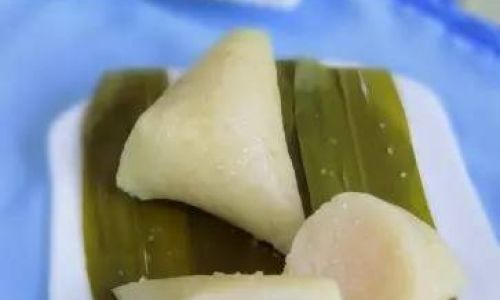
-
Frozen Pizzas: A single slice (100g) of cheese pizza averages 285 calories, with added saturated fats and sodium. Zongzi, while calorie-dense, typically contains less sodium and more whole-food ingredients.
-
Frozen Burritos: A 200-gram beef burrito may exceed 500 calories, with high fat and sodium content. Zongzi’s calorie-to-nutrient ratio often appears more favorable.
-
Frozen Sushi Rolls: A 150-gram California roll contains ~200 calories, with lower fat but comparable carbohydrates. Zongzi’s protein and fiber content may offer better satiety.
Health Implications and Dietary Considerations
-
Weight Management: Frozen zongzi’s calorie density necessitates portion control. A single zongzi can constitute 15–20% of a 2,000-calorie daily diet, leaving limited room for other meals. Overconsumption may lead to weight gain, particularly in sedentary lifestyles.
-
Blood Sugar Regulation: The high glycemic index of glutinous rice can spike blood sugar levels. Diabetics or those with insulin resistance should consume zongzi sparingly, pairing it with fiber-rich vegetables or protein to mitigate glucose fluctuations.
-
Sodium Intake: Some frozen zongzi, especially savory varieties, contain added salt or soy sauce. A single serving may provide 20–30% of the recommended daily sodium intake (2,300 mg), posing risks for hypertensive individuals.
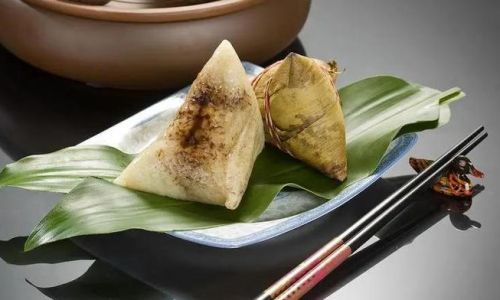
-
Cultural and Emotional Eating: Zongzi’s association with festivals like the Dragon Boat Festival can evoke nostalgia, potentially leading to overindulgence. Mindful eating practices, such as savoring small portions or sharing, balance tradition with health.
Tips for Healthier Frozen Zongzi Consumption
-
Read Labels: Opt for brands with lower sodium, reduced sugar, or whole-grain rice. Some manufacturers now offer “light” versions with artificial sweeteners or leaner fillings.
-
Pair with Vegetables: Serve zongzi with steamed greens, cucumber slices, or a side salad to add fiber and volume without excessive calories.
-
Control Portions: Cut a large zongzi into halves or thirds, saving the remainder for later. This reduces caloric intake while preserving the sensory experience.
-
Homemade Alternatives: Prepare zongzi at home using brown rice, lean proteins, and natural sweeteners like dates. This allows precise control over ingredients and calories.
-
Balance the Meal: If consuming zongzi as a meal, ensure other components (e.g., protein, vegetables) are nutrient-dense. Avoid pairing it with high-calorie beverages or desserts.

Debunking Myths: Frozen Zongzi and Weight Loss
A common misconception is that frozen zongzi’s traditional roots imply inherent healthiness. While homemade versions using whole foods can be part of a balanced diet, store-bought frozen options often contain preservatives, excess sodium, and refined sugars. Weight loss requires calorie deficits, making zongzi a treat rather than a staple. However, its protein and fiber content can aid satiety when consumed judiciously.
Cultural Preservation Meets Modern Nutrition
The globalization of frozen zongzi reflects a broader trend: traditional foods adapting to contemporary health consciousness. Manufacturers now offer innovative variants, such as quinoa-based zongzi, vegan fillings, or low-sodium options, catering to diverse dietary needs. These innovations demonstrate that cultural heritage and nutritional awareness need not be mutually exclusive.
Conclusion
Frozen zongzi’s caloric content, while seemingly daunting, fits into a balanced diet when understood and managed. By prioritizing portion control, reading labels, and pairing with whole foods, consumers can enjoy this culinary treasure without compromising health goals. As global diets evolve, the humble zongzi stands as a testament to the adaptability of tradition—a reminder that even frozen conveniences can harmonize with mindful eating practices. Whether savored during a festival or as a quick meal, awareness of its nutritional profile empowers informed choices, ensuring that every bite honors both taste and well-being.
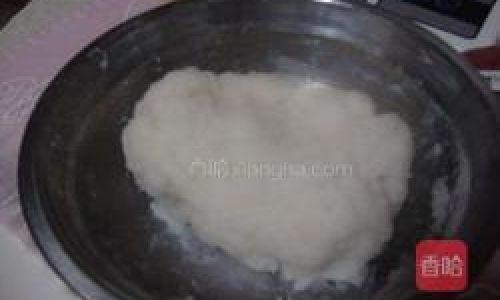
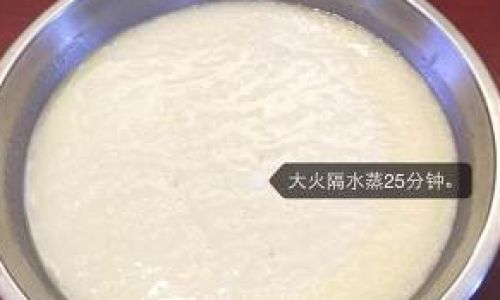
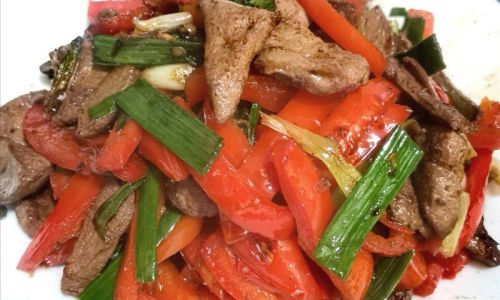
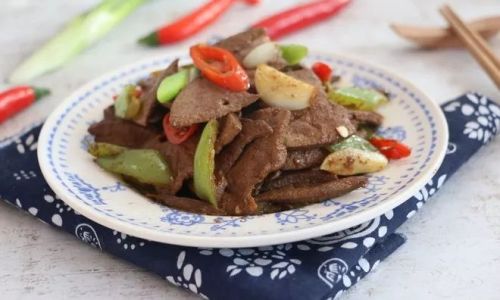
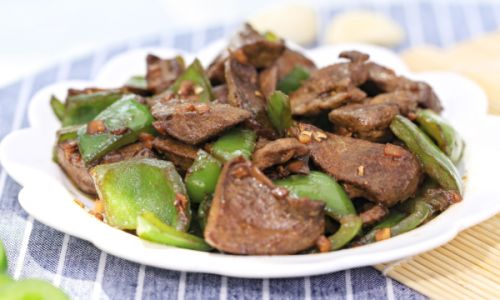
0 comments